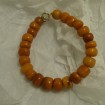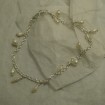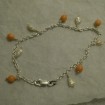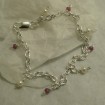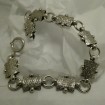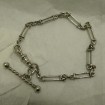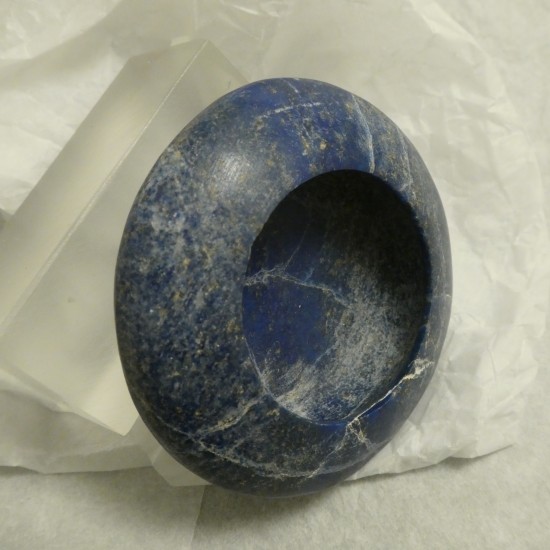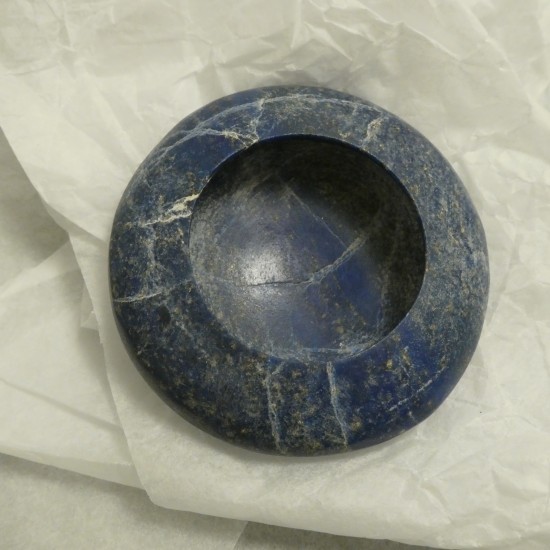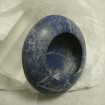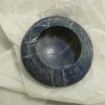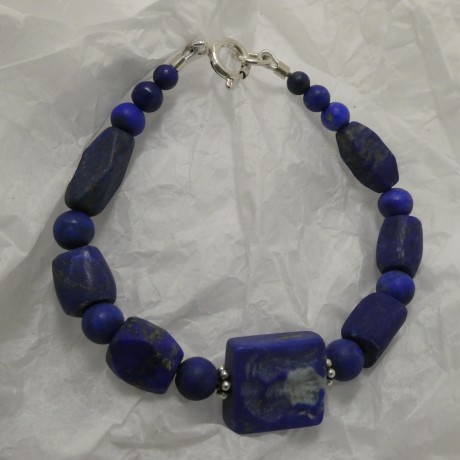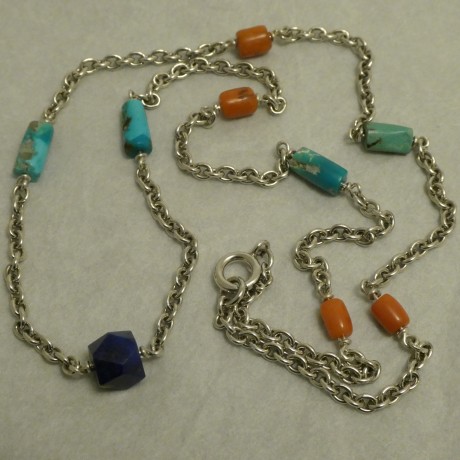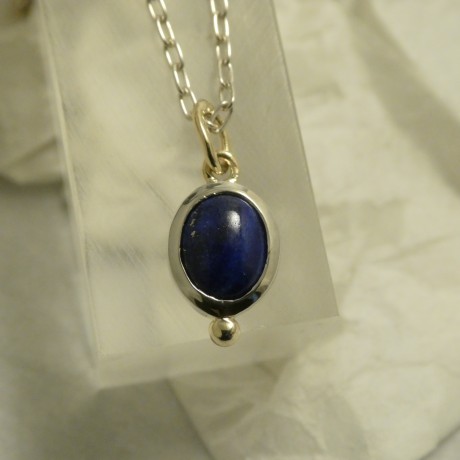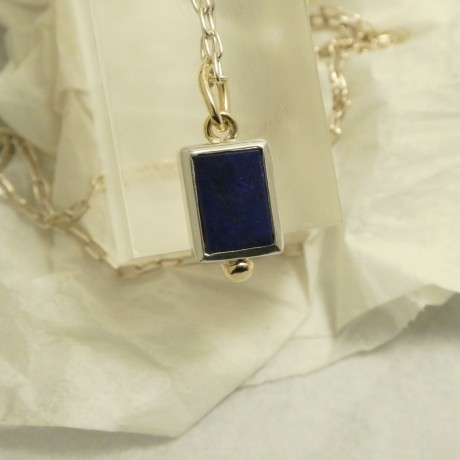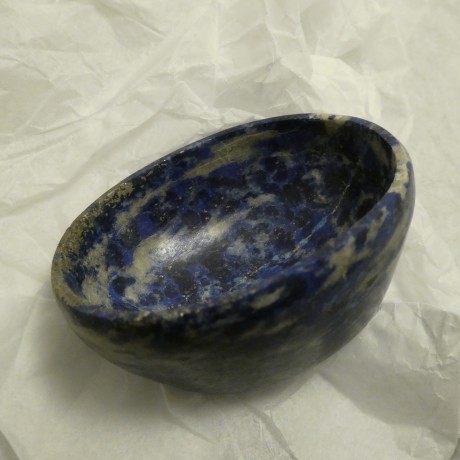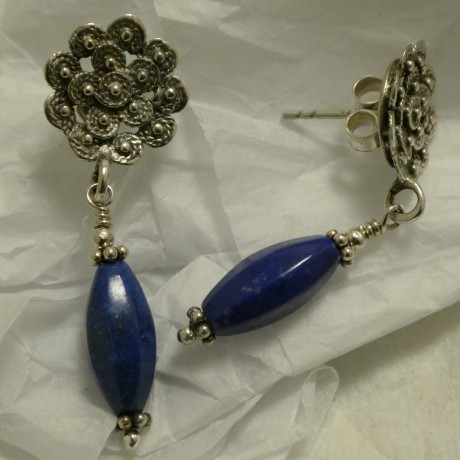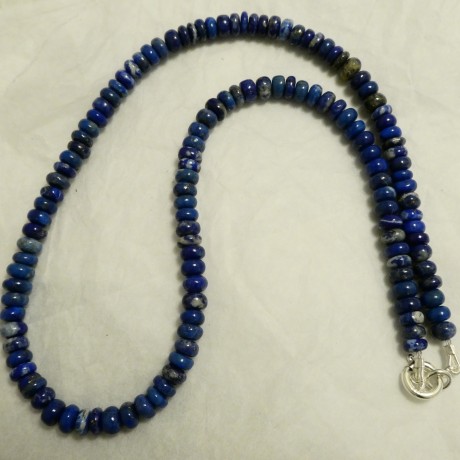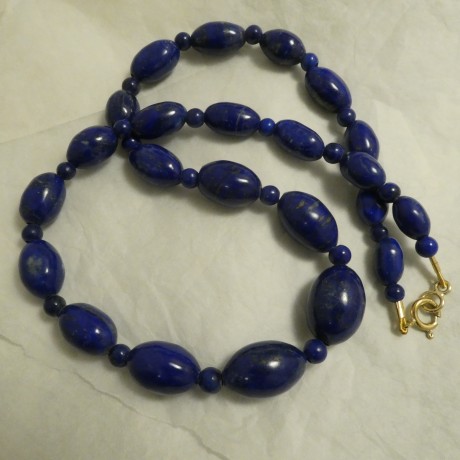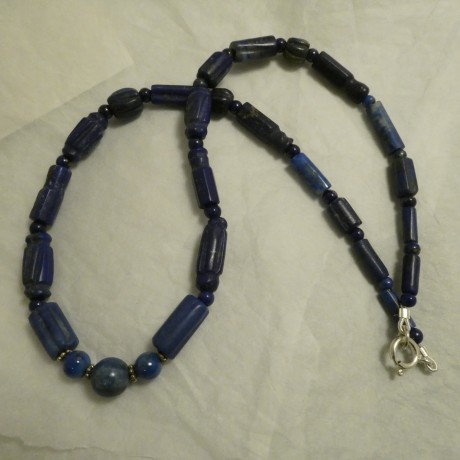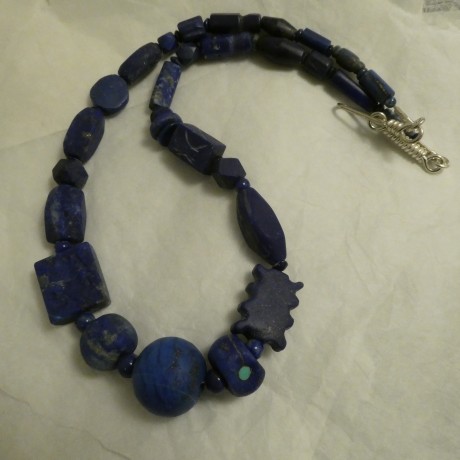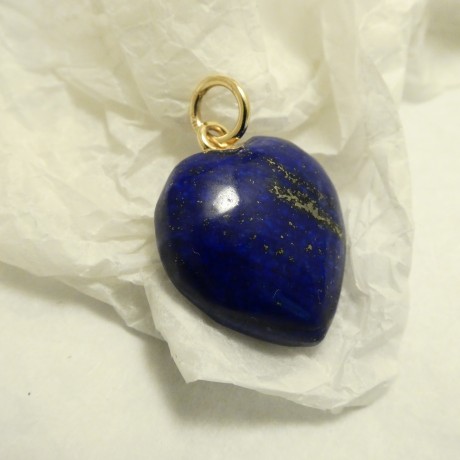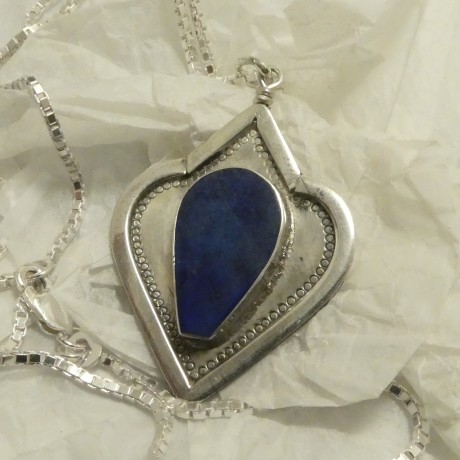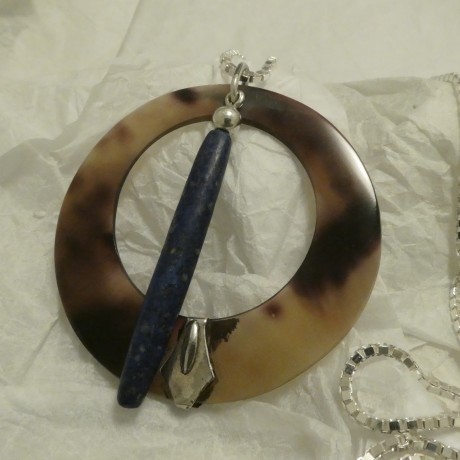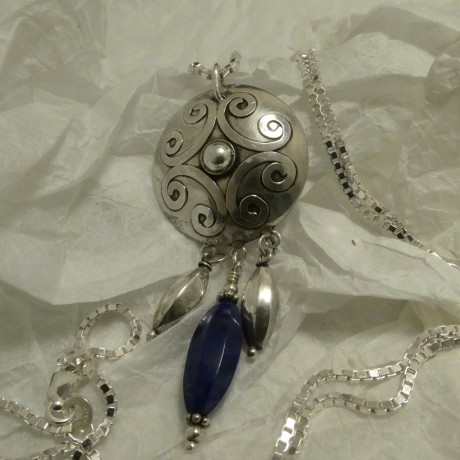Lapis Bowl. The above small bowl was handcut in Peshawar, about thirty years ago, in what was then called the North West Frontier Province of Pakistan. In the bazaar area of the town was a five storey structure built around an interior plaza open to the sky. On the inside, verandahs on every level provided a constant show of the business of that building, called the Kabuli Building or Afghani Building, for its tenants were exclusively Afghani refugees, traders and artesans, with a liberal smattering of Turkmenis. It hummed with business: carpets, antiquities, jewellery; on the third level was a showroom stocked with fine European china emblazoned with the coat-of-arms of the last Afghani royals.
Lapis Lazuli, the fabled gemstone of Afghanistan, was available in all grades and in a multitude of forms, from the finest deep ultramarine matched pairs destined for 18ct Gold cufflinks in the boutiques of New York and Paris, to chess sets finely handcarved, to cute little bowls like the above, worked from a single piece of Lapis rock positively lots of inclusions of pyrites and calcite, the natural inclusions of this gemstone.
In the Kabuli Building back then the creation of little artfacts like the above Lapis Bowl, out of Lapis rock not sufficiently high on the quality grade scale to warrant use in jewellery, was mostly the work of a few Turkmeni artesan families.
SOLD. Lapis Bowl, Natural, Handcarved
$90.00
SOLD. Lapis Bowl, natural and handcarved, the Lapis Lazuli origin Nth.East Afghanistan, with the natural inclusions of pyrites and calcite that are characteristic of this gemstone. Handcarved in Pakistan close to the Khyber Pass on the border with Afghanistan.
44mm round, height 14mm, 30 grams in weight. Very cute, squat form.
See below further information around this natural small Lapis Lazuli bowl.

